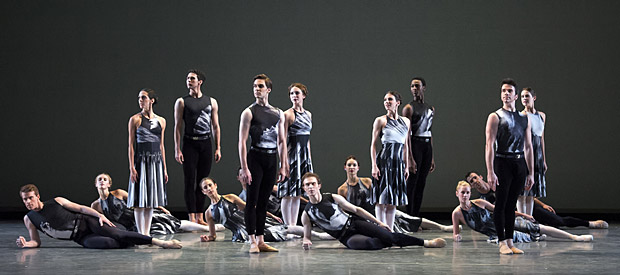
© Gene Schiavone. (Click image for larger version)
Shostakovich to the Rescue
American Ballet Theatre
The Leaves Are Fading, Symphony #9, Rodeo
New York, City Center
18 October 2012
www.abt.org
www.nycitycenter.org
Few things are as thrilling as watching a brand new work come rolling off the presses and realizing within the first few bars that it will be very, but very, good. It doesn’t happen often, but it’s becoming a less and less rare occurrence since Alexei Ratmansky came to town. Tonight’s première of his newest work for American Ballet Theatre, Symphony #9, was cause for celebration. In fact, it left me feeling almost light-headed, and terribly eager to see it again, as soon as possible.
His two latest ballets for ABT – Firebird and Nutcracker – have been elaborate, evening-length, storybook affairs, both remarkable in their way. Firebird, especially, creates a marvelously imaginative world, filled with strange, slightly grotesque characters and eccentric steps that nevertheless manage to fit the music oddly well. His ballets are always driven by a powerful vitality. But Symphony #9 is something more; it has that particular quality of feeling just right, as if had always existed and simply needed to be discovered. Ratmansky has a special affinity with Shostakovich, already evident when he made The Bright Stream for the Bolshoi and Concerto DSCH for New York City Ballet. The wit, heroism and high spirits in the music all strike a chord in him, enlivened by strong syncopations and tempered by irony, ambiguity and a touch of sadness. Shostakovich’s Symphony #9 has all these qualities in spades. It begins with a sprightly military tune on the piccolo – the symphony was originally a tribute to Russia’s victory against the Nazis – backed up by snare drums. Ratmansky gives the opening of the ballet to a group of strapping, kicking, leaping men, led (in the first cast) by Craig Salstein, a master in matters of timing and dynamics and a ham to boot. He’s the ballet’s tongue-in-cheek buffoon, the blind optimist, the heroic common man, slapping the floor and hurling himself across the stage and into the arms of his compadres. His partner-in-crime, Simone Messmer – leader of the female contingent – is strong, feisty, unflappable. She jumps around on point, shaking her shoulders in time, even miming along with the snare drums. The footwork is fast, crisp, sharp, the patterns dizzying in their complexity. There is so much to see! The first movement is an irrepressible explosion of energy.
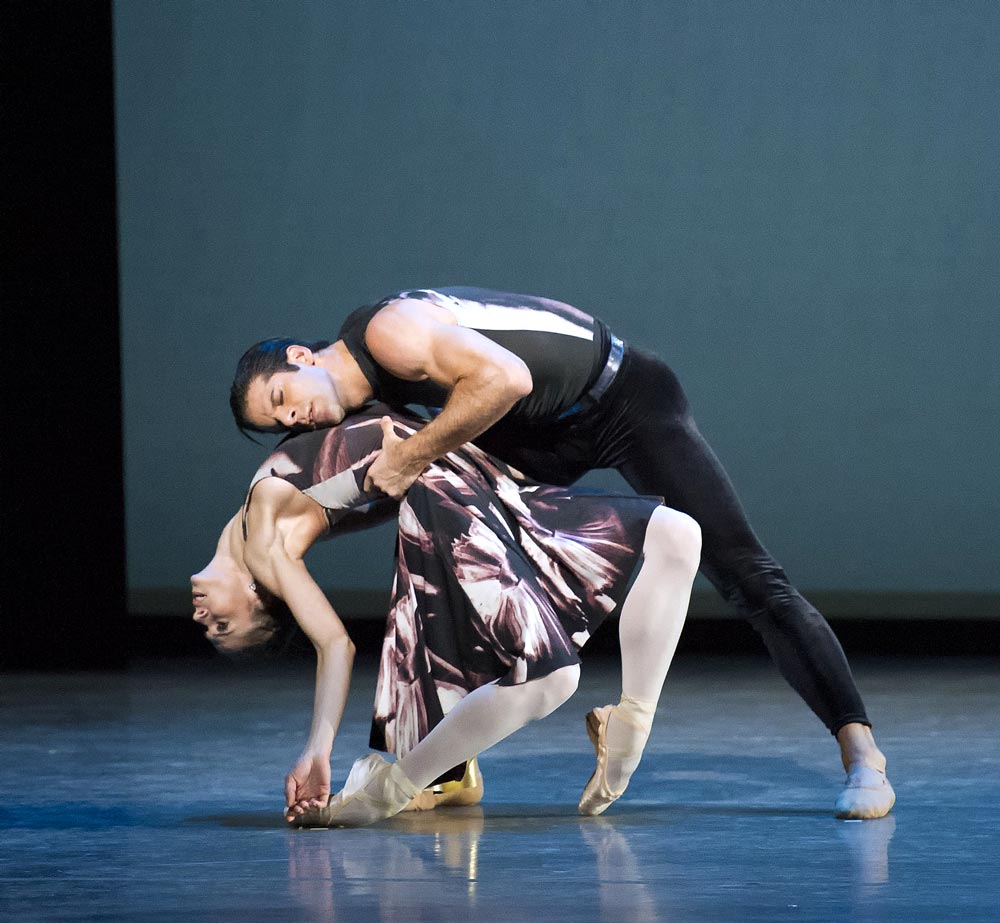
© Gene Schiavone. (Click image for larger version)
Then comes a shadowy slow movement, dominated by a clarinet tune, as sinuous as the cat’s motif in Prokofiev’s Peter and the Wolf. Marcelo Gomes and Polina Semionova dance a slithery, sidling duet, looking illicit and slightly creepy. Ratmansky has pinpointed Semionova’s most intriguing quality, a kind of exotic sinuousness; like an invertebrate, she seems able to twist in various directions at once. She looks almost dangerous to touch. At one point, she arches into an inconceivable backbend, and Gomes slowly pulls her upright, with considerable effort, so she won’t melt off the stage. When four men enter, the two sidle off unseen. They return later, only to collapse to the ground: first they’re on their knees, then on one elbow, then they flop down, flat on the floor. They look decidedly dead. That is, until Gomes raises a finger, cuing the blisteringly fast movement that follows. This movement is Ratmansky’s distilled fairy-tale, and as we know, in fairy-tales the dead can come back to life.
Enter Herman Cornejo. Wisely, Ratmansky hasn’t given him a partner, the better to show off the musicality of his dancing, the stretch of his legs in the air, the way his body reveals the shifts in dynamics and the melodic line. During the slow movement he plays a mysterious role as a sort of protective spirit watching over the lovers. Later he returns to perform phrases of scorching virtuosity, with one soaring leap after another, feet beating together with ringing clarity. But in the final movement Ratmansky pushes him even further: Cornejo seems to be moving faster than is humanly possible. It’s Ratmansky’s gift to this marvelously talented, infinitely generous dancer. If it doesn’t kill him, it will place him on the Mount Olympus of male bravura.
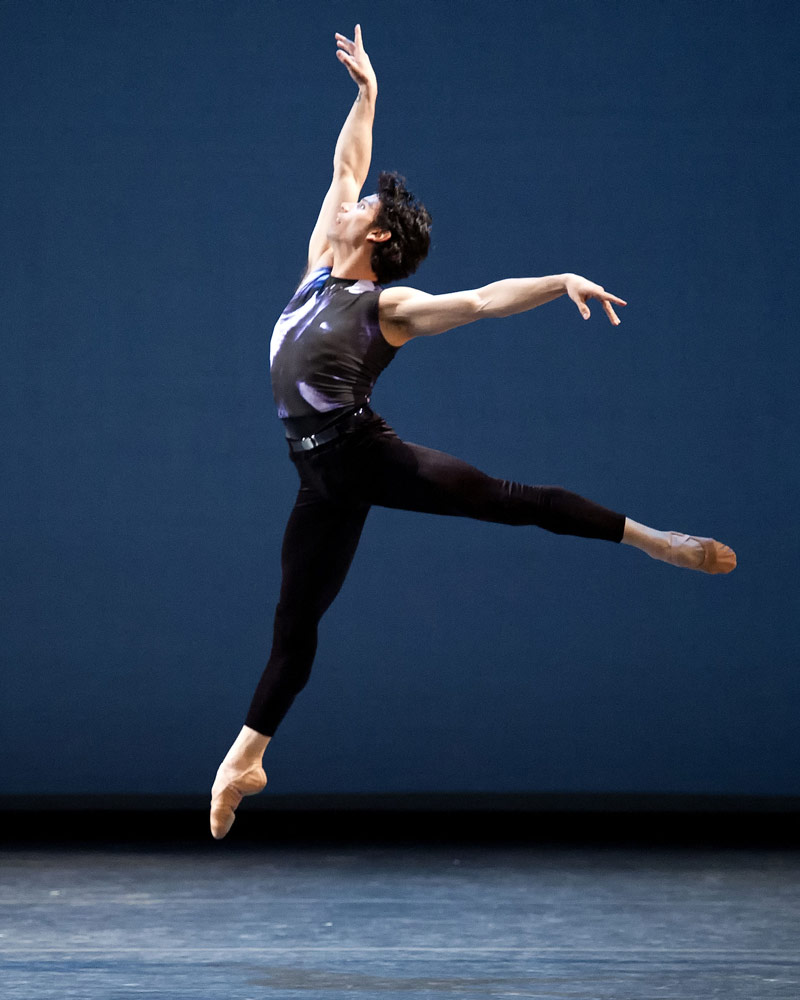
© Gene Schiavone. (Click image for larger version)
The ballet is a gem, and even more, it looks fully-formed already; often a new Ratmansky ballet will take a few months to settle in, but not this time. Its witty asides are legible; the hints of mime come through with great clarity. Of course, it’s so tightly packed that many things will only reveal themselves on furthing viewings. The orchestra played Shostakovich’s quite difficult music with a nice sharpness. The elegant, pared-down lighting is by Jennifer Tipton; the attractive, modern black-and-white costumes are by Keso Dekker, a Dutch designer. The women’s strappy dresses, which fall just above the knee, are particularly flattering. Ratmansky has thrown in a dash of Russian fairy-tale magic à la Little Humpbacked Horse, some heroics in the style of Flames of Paris, some Moiseyev-like ensembles, but mainly it’s just pure, vintage Ratmansky, unencumbered by sets or plot or anything else that might obscure the sheer profusion of movement and patterns and motifs.
The evening opened with Antony Tudor’s The Leaves Are Fading (1975) and Agnes de Mille’s Rodeo. After watching the Ratmansky, the Tudor seems somewhat pallid in comparison. It is a pretty and sweetly elegiac ballet, but, without a truly spectacular cast, it languishes from a sameness of tone, much like the lush Dvorak string pieces to which it is set. (Here the orchestra relapsed into its usual muddiness.) As with Robbins’ Dances at a Gathering it is a ballet about the memory of an idealized past, but it lacks that ballet’s whimsy and variety. It has little tension or sense of surprise. Even so Hee Seo was lovely in the central pas de deux, which she danced with the statuesque but bland Roberto Bolle – it must be said that he is a spectacularly good partner, and Seo looked marvelously expansive and free in his arms.
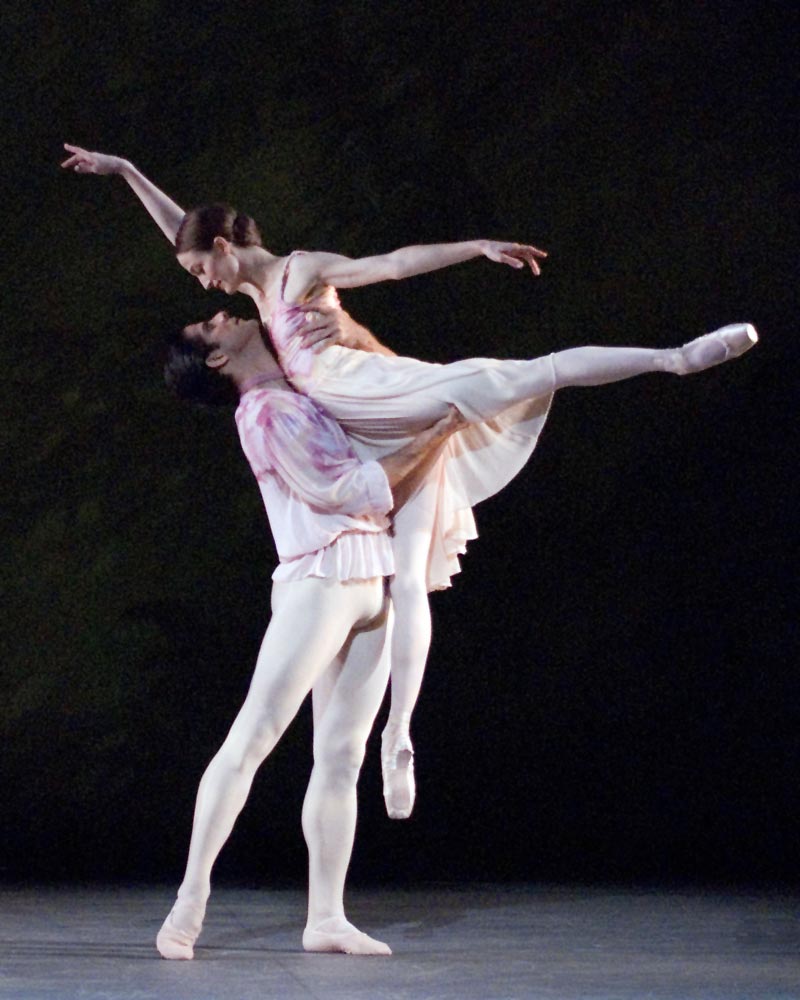
© Gene Schiavone. (Click image for larger version)
The performance of Rodeo that closed the evening was far more assured than the one two nights ago. Roman Zhurbin’s Head Wrangler is relaxed, warm, and masculine, with just the slightest glimmer in his eye; you can see why the cowgirl likes him so much. Craig Salstein hams it up as the Champion Roper, a joker and a bit of a ladies’ man; and he’s not a bad tapper either. The whole cast looked more comfortable, more like a collection of all-American boys and girls, tired from a day on the farm, looking for some harmless dancing and maybe a stolen kiss or two. But the star was Marian Butler, a senior member of the corps who has made the Cowgirl her signature role. (She talks to Gia Kourlas it in Time Out). With her angular face and expressive eyes, Butler makes you feel every ounce of the Cowgirl’s gawky charm, her desire to fit in, her need to be loved. It is a defining performance and one that stays with you as you leave the theatre and walk into the city night, so far from Aaron Copland’s sweeping plains.












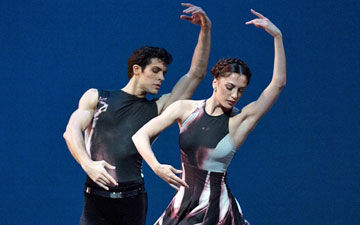
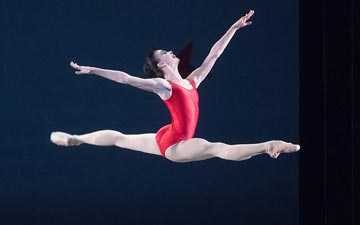
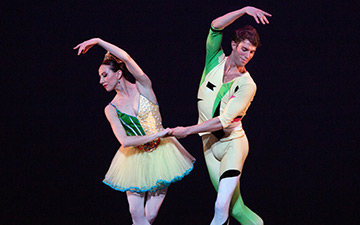

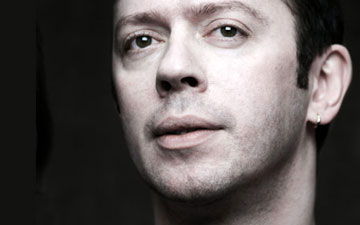
You must be logged in to post a comment.